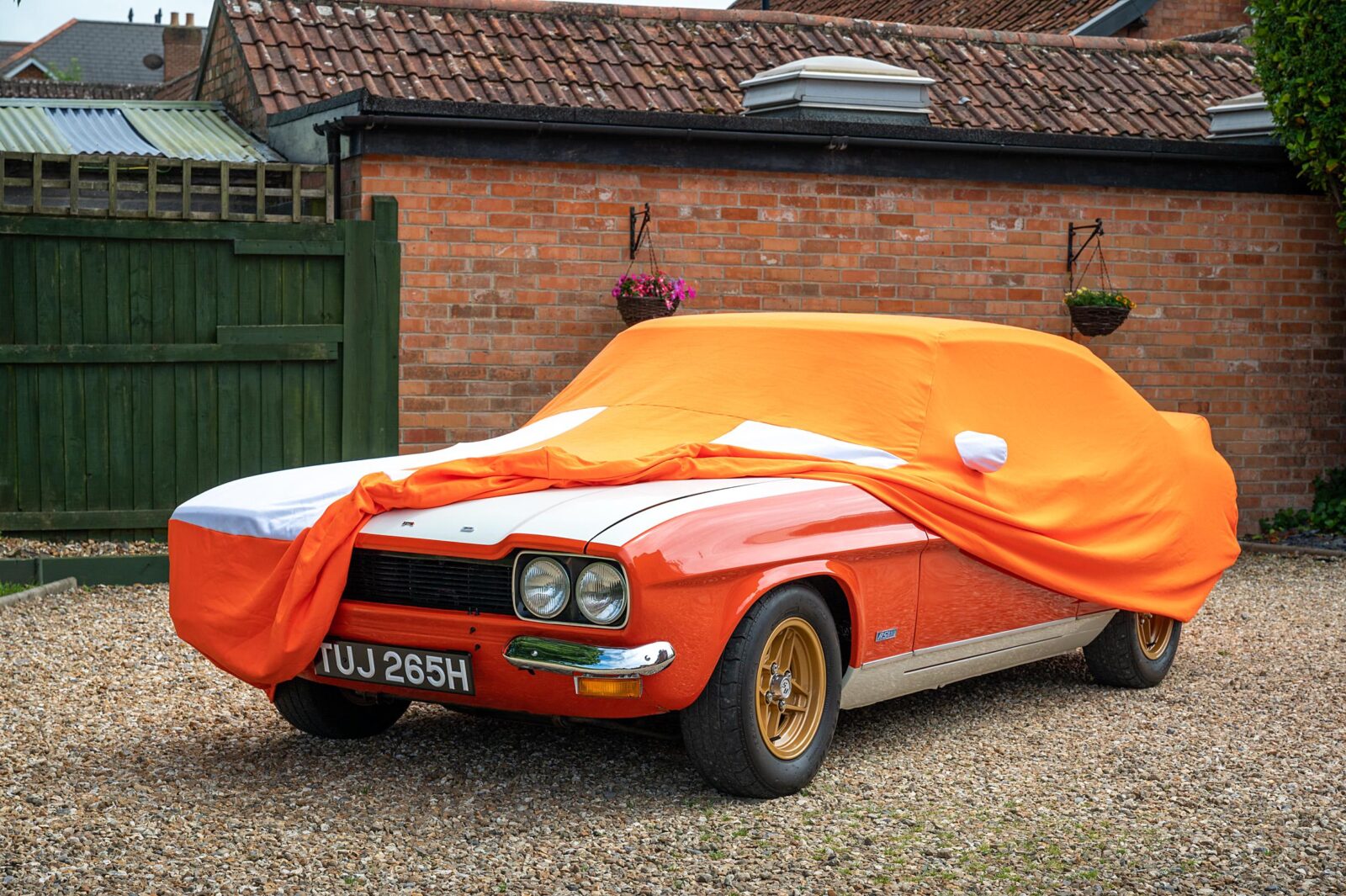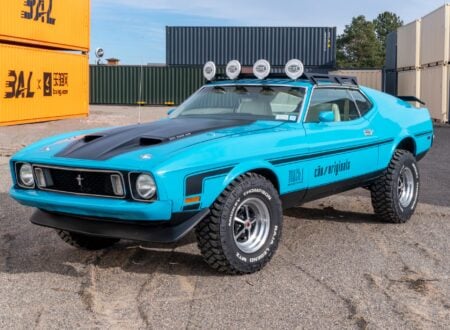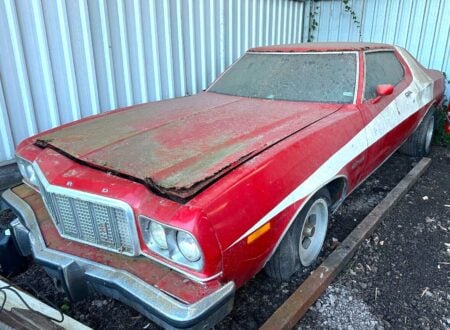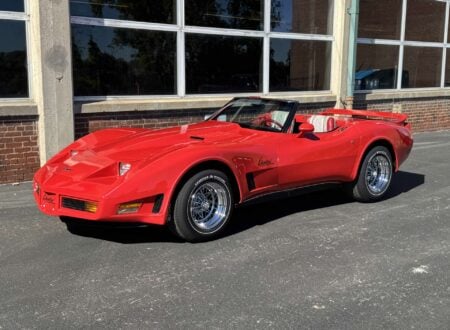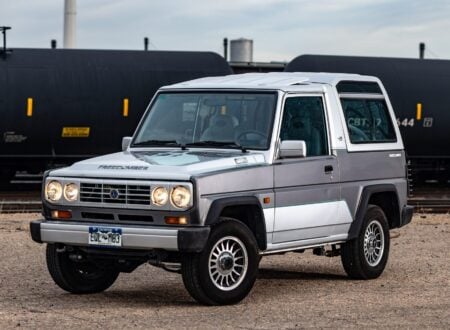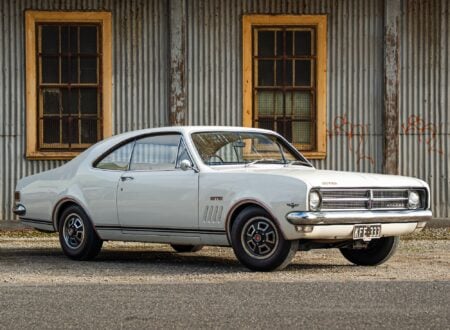This is believed to be one of three pre-production examples of the Ford Capri RS2600, a car that would become a legend in its own lifetime after taking on all comers in the European Touring Car Championship and winning the title two years on the trot in 1971 and 1972.
These victories were particularly galling for the likes of BMW and Alfa Romeo, who were fielding cars that, on paper at least, we more technologically advanced than the Capri and should have been winning convincingly.
Fast Facts
- The Ford Capri was originally developed in the late 1960s as a “European Mustang,” it was designed by Philip T. Clark, the man who had done much of the design work for the Ford Mustang and even chosen its name.
- In order to keep costs down the Capri was largely based on the mechanical components of the Mk2 Ford Cortina.
- The Capri featured a unibody shell with a fastback design and a long hood, with design touches taken directly from the Mustang.
- A variety of European Ford engines were offered in the Capri, from the small 1.3 liter Kent inline-4 all the way up to the 3.1 liter Essex V6.
The Ford Capri
Ford marketed their new Capri as “The car you always promised yourself,” it was an advertising campaign that proved popular and helped launch what would become one of Ford’s most popular European sports cars of the age – selling a total of 1.9 million units.
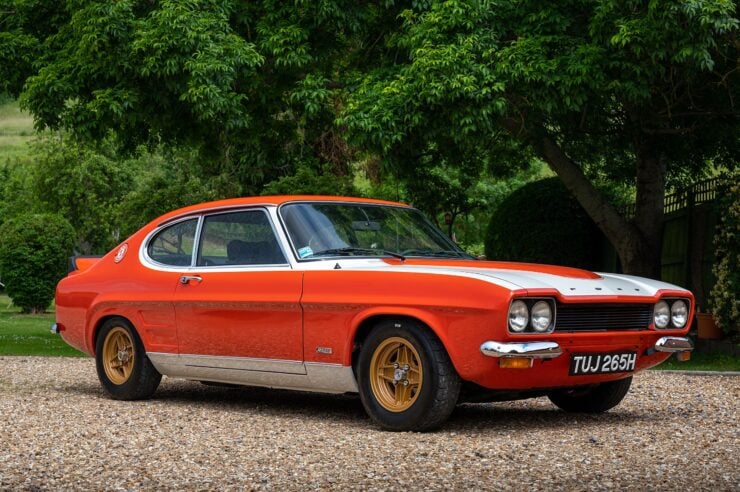

Ford executives made the economically prudent choice of using the mechanical components of the Mk2 Ford Cortina for the Capri, with MacPherson struts up front and a live axle on leaf springs in the rear. The rack and pinion steering was taken from the Ford Escort and the engines used were all based on engines from pre-existing Ford cars.
The Capri would become an overnight success for Ford, perfectly mirroring their earlier success with the Ford Mustang in the United States, only this time in Europe, where the cars needed to be slightly smaller and a little more fuel efficient. Much like the Mustang, buyers of the Capri could choose between a more economical and lower powered version or a higher-powered model with a larger engine for better performance.
Ford Capri production was based in factories around Europe, with each factory largely producing model variations for their own region. There were production plants in the UK, Belgium, and there were two in Germany, some were also built in Australia and South Africa. The South African “Perana” version of the Capri would be the most powerful ever made, with a 5.0 liter Windsor V8 and a 4-speed manual transmission.
The Ford Capri RS2600
There were a number of special sporting versions of the Capri built, the most famous of which is likely the RS2600 due to the fact that, as mentioned above, it won the European Touring Car Championship in 1971 and 1972.
Developed in the early 1970s, the Ford Capri RS2600 used a special version of the Cologne V6 built by engine specialists Weslake. It used Weslake alloy cylinder heads, Kugelfischer fuel injection, performance suspension, a close ratio gearbox, lightened bodywork panels, ventilated disc brakes, and alloy wheels.
Above Video: A short film by Ford of Europe showing the RS2600 in action and talking about its history.
By the standards of the era the performance was excellent, with a 0 – 62 mph dash dispatched in 7.7 seconds. The relative rarity of the RS2600 and its blistering on track successes have led to it becoming one of the most desirable iterations of the Capri.
The Ford Capri RS2600 Pre-Production Car Shown Here
The Capri you see here is believed to be one of three early pre-production prototypes that was upgraded to the correct specification in June 1970.
The car was discovered by an Oxfordshire-based engineer 12 years ago who then sold it to an enthusiast who commissioned an extensive restoration. During this time it was fitted with a 2.3 liter GT Cologne V6 block, fitted with a long-throw crank and enlarged to 2.6 litres.
The car has now had its Kugelfischer injection system tuned by Capri specialists Tickover,and various RS2600-specific items have been sourced in the years since including clips and fixings. Of course, whenever an interesting car like this comes up for sale its critically important to verify its history before any money changes hands.
If you’d like to read more about this unusual Capri or register to bid you can click here to visit the listing on Collecting Cars.
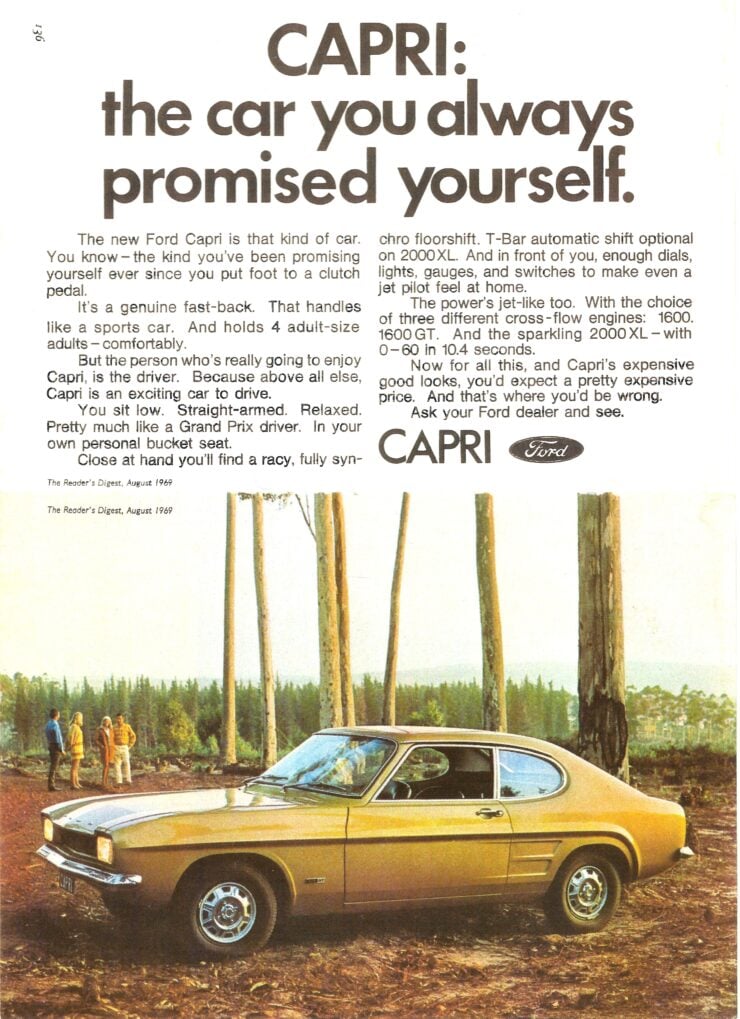
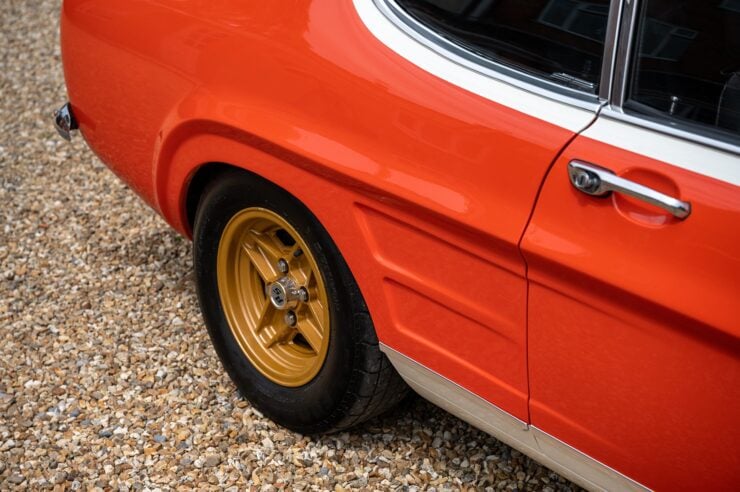
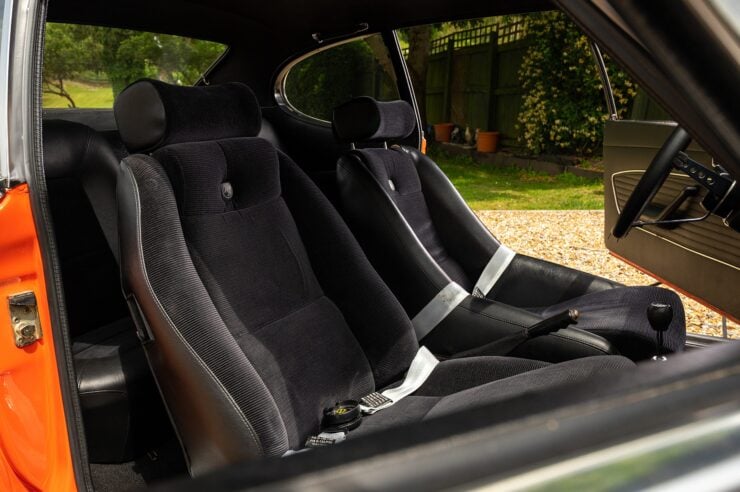
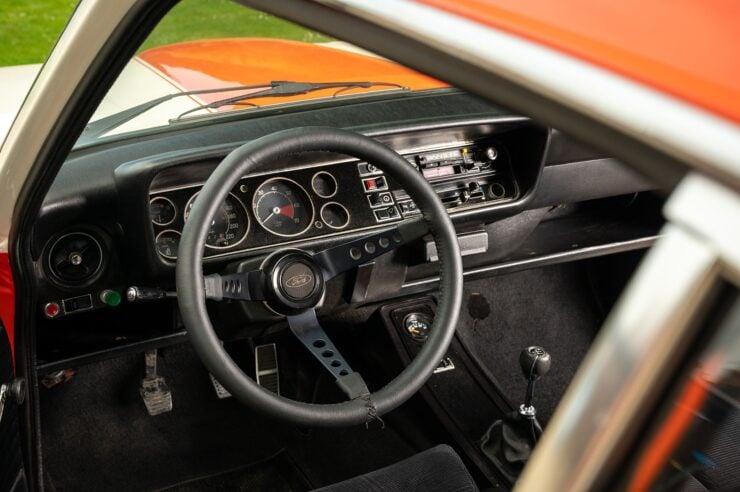
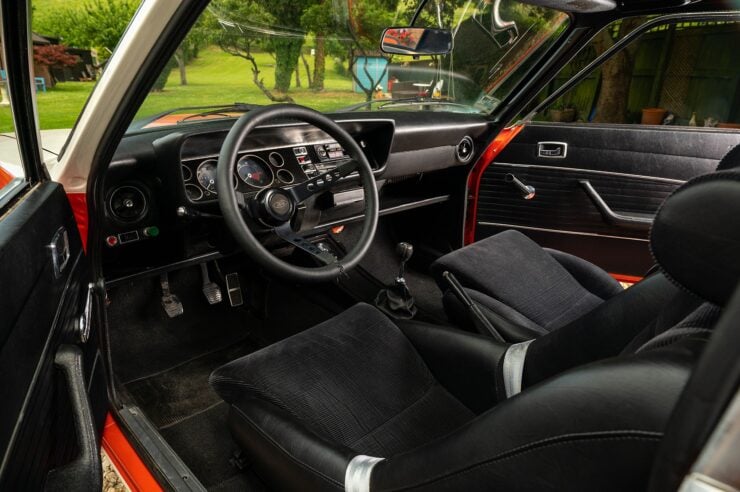
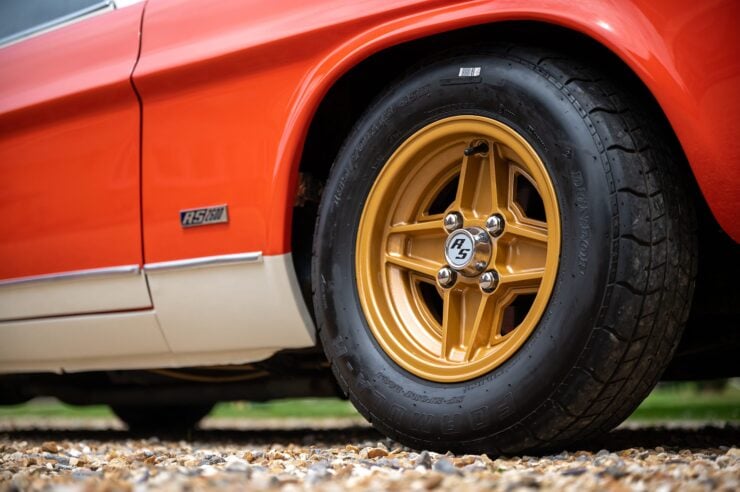
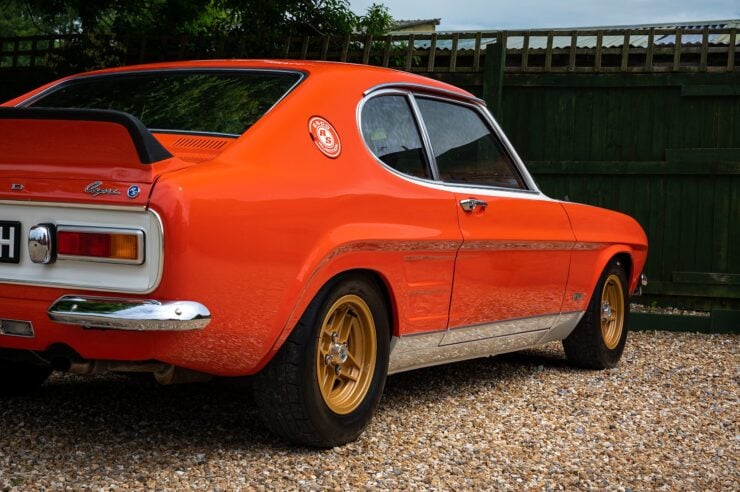
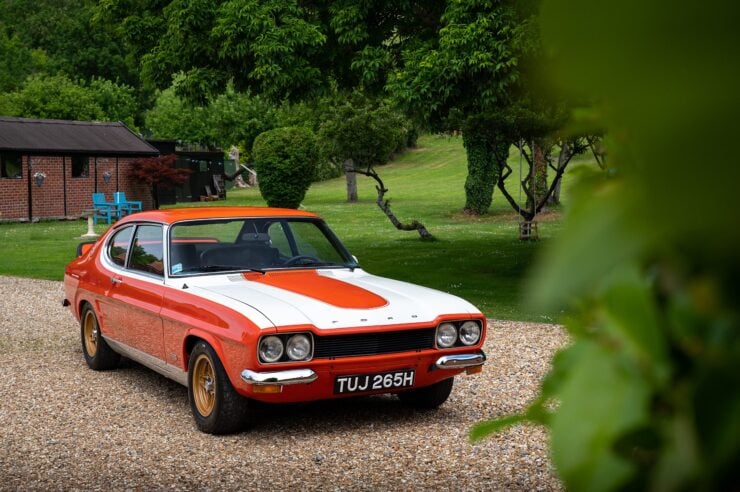
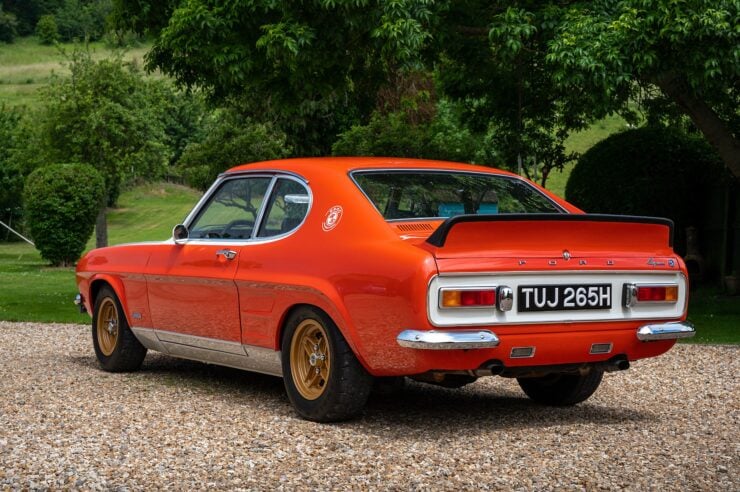
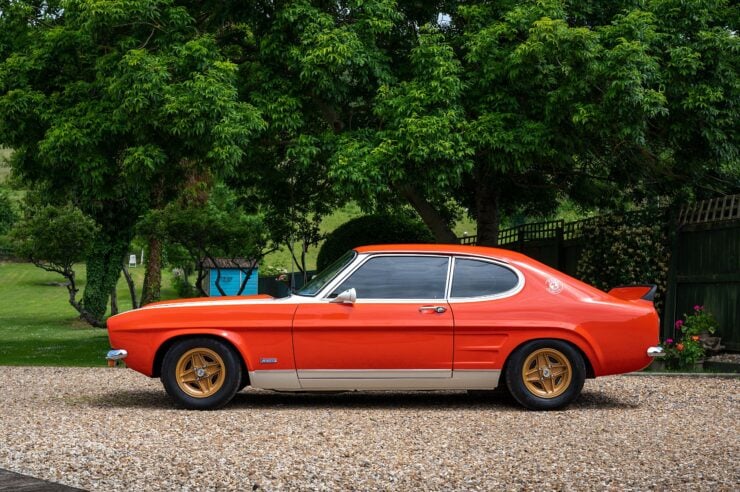

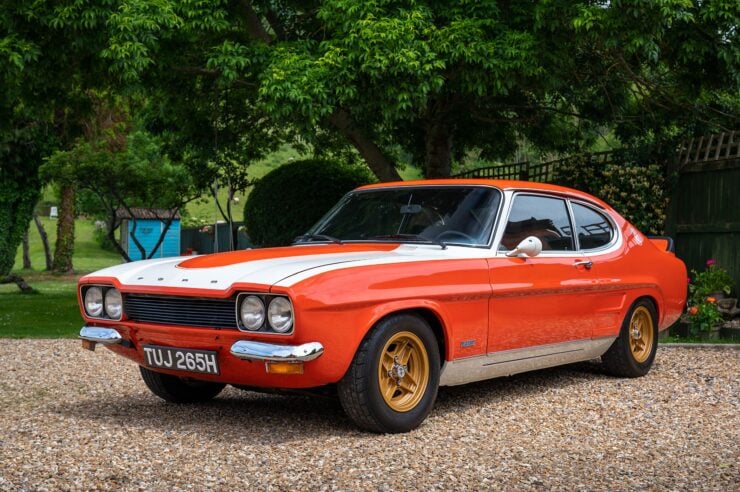
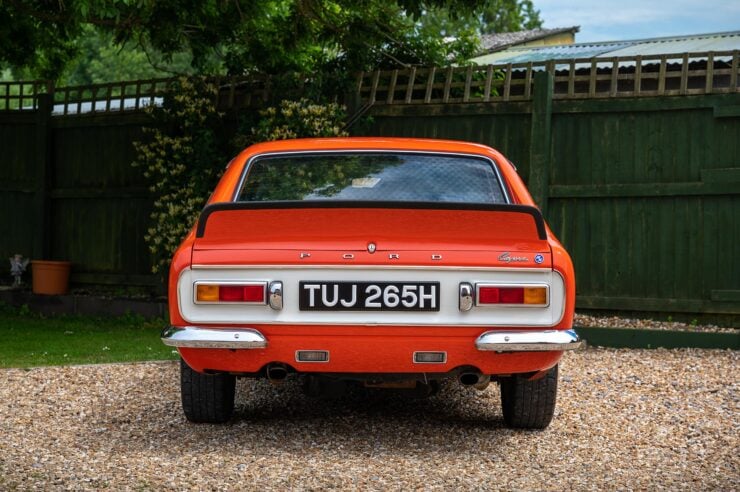
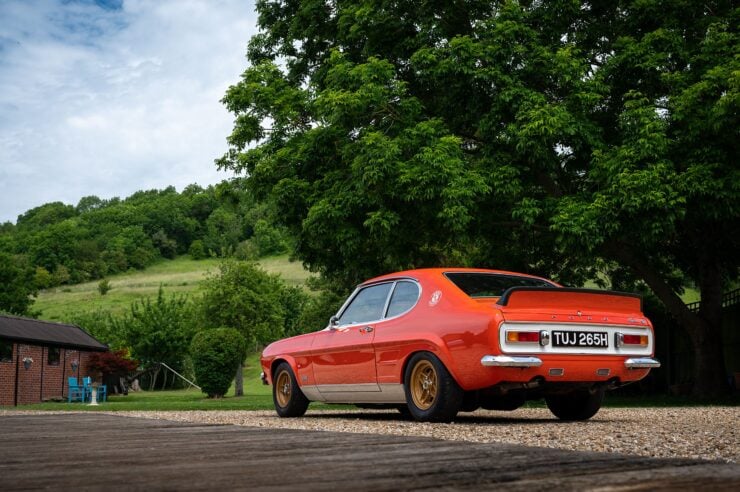
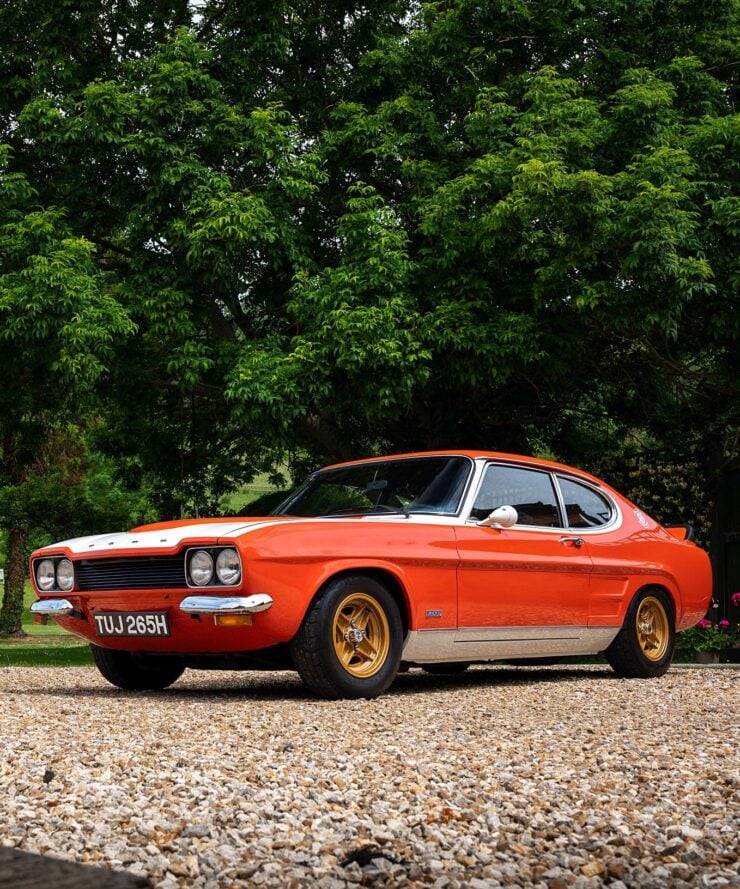
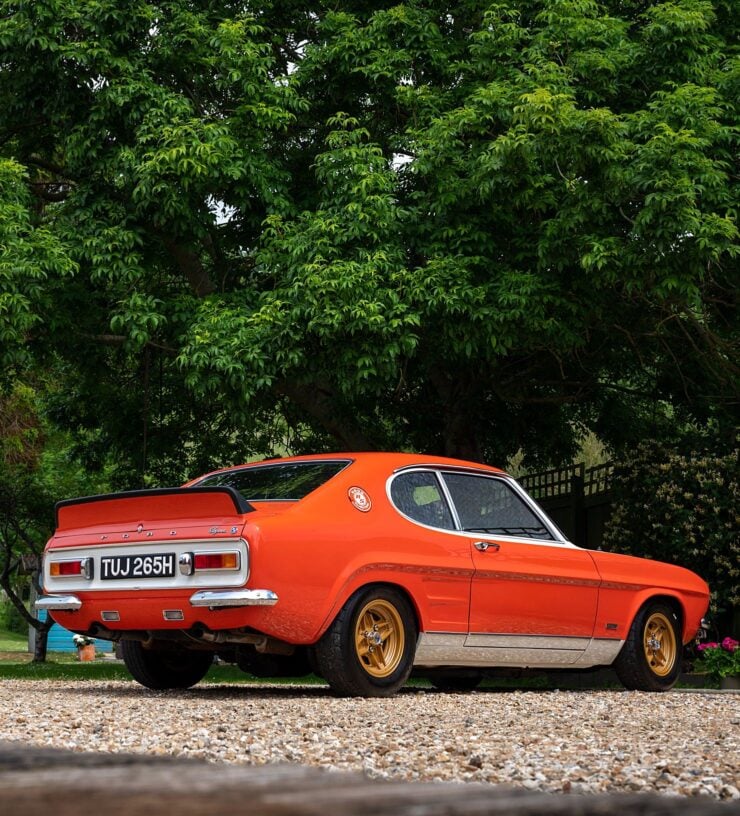
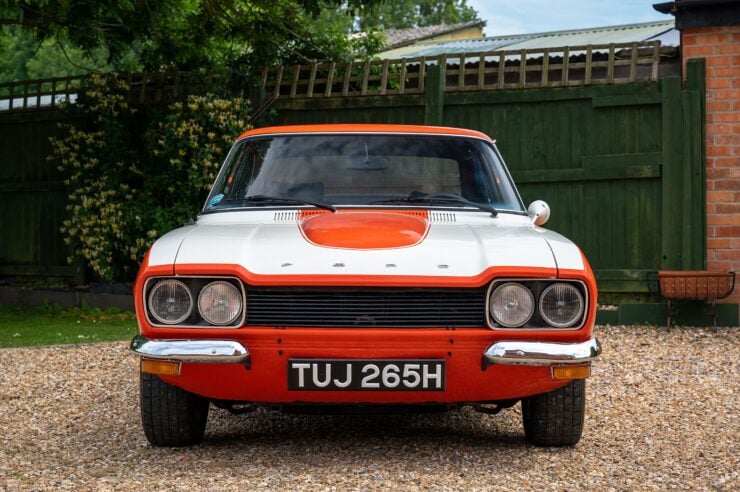
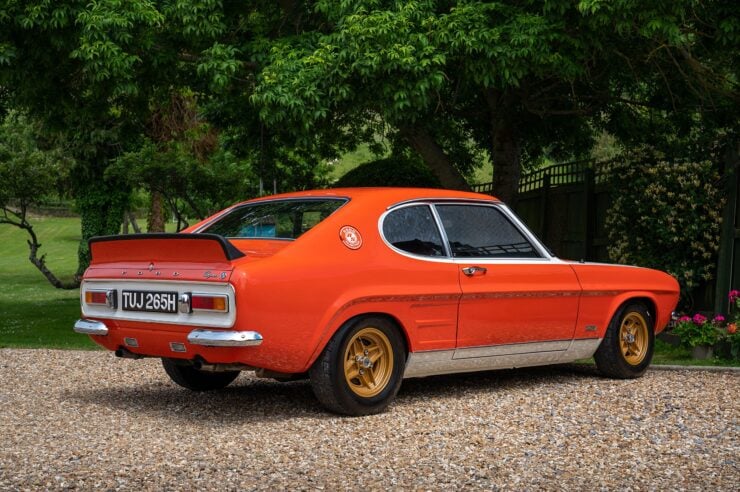
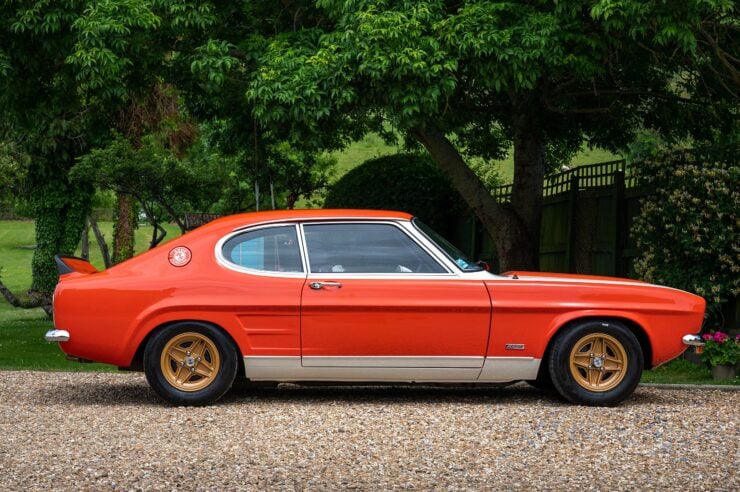
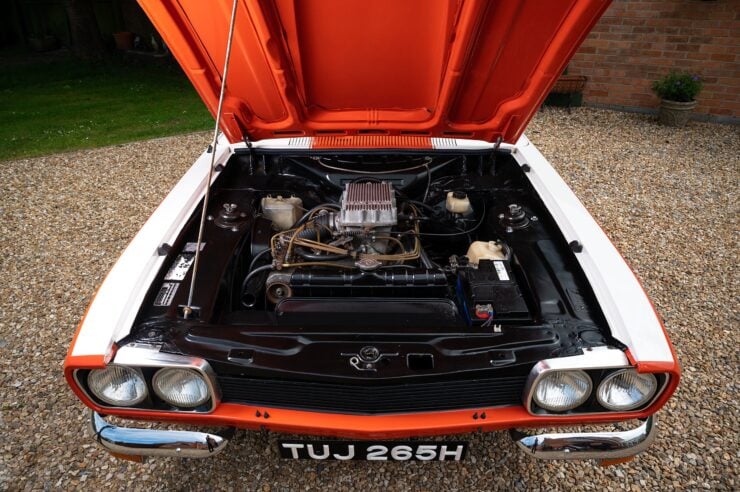
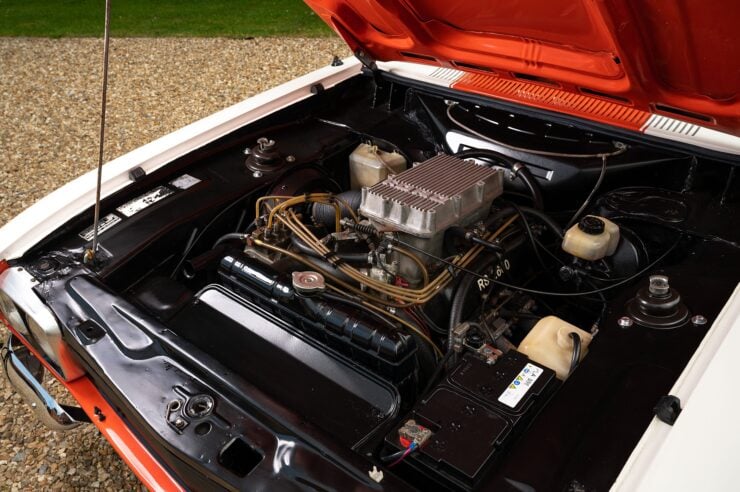
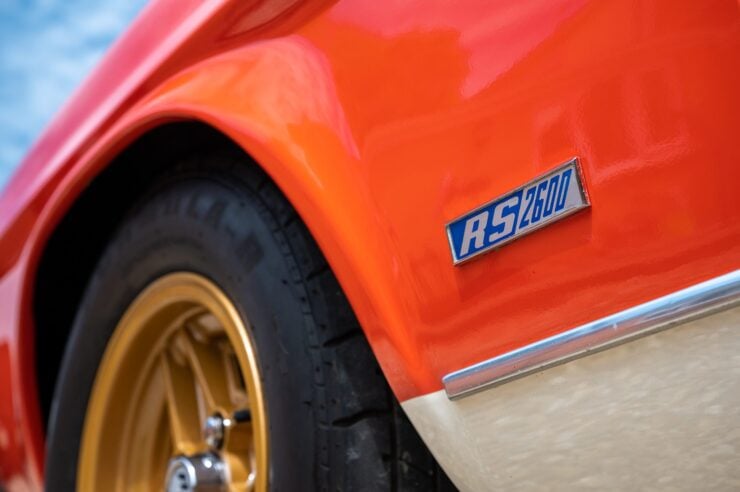
Images courtesy of Collecting Cars

